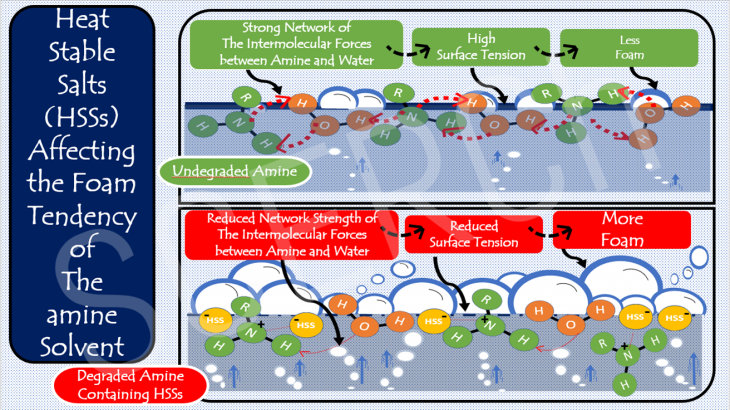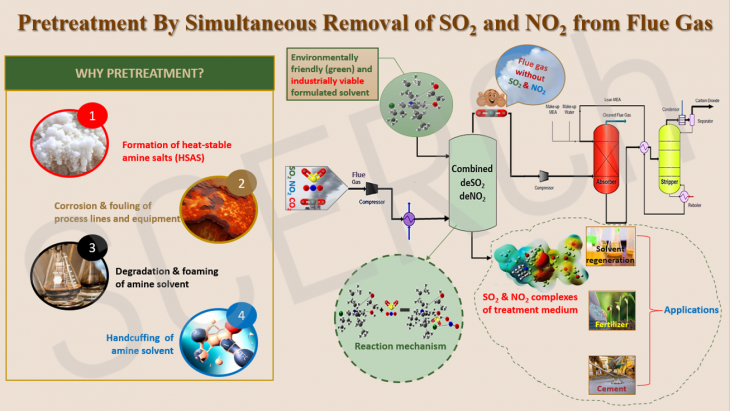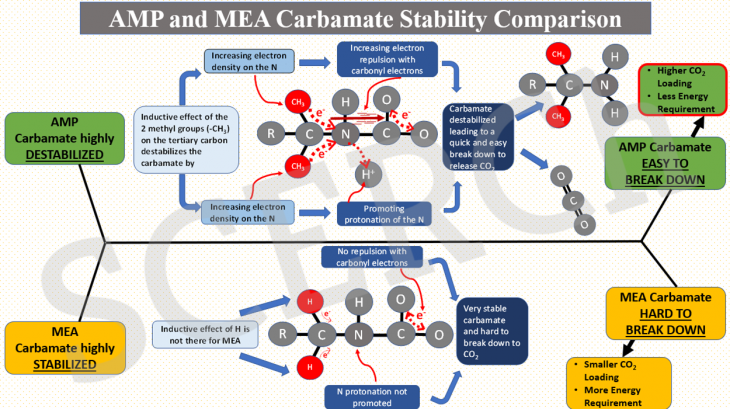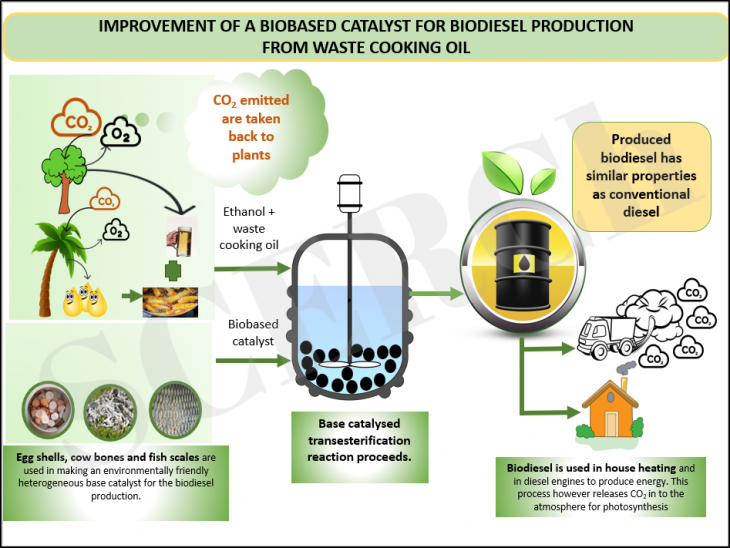
Sample Microgrid Post #2
Lorem ipsum dolor sit amet, consectetur adipiscing elit. Sed malesuada ligula ac augue mattis cursus. Morbi congue accumsan dolor, non ornare neque maximus at. Mauris eu orci sed risus venenatis ultricies. Suspendisse at leo molestie, facilisis sapien in, luctus ligula.
Read More
Performance Evaluation of a New Novel Amine Bi-Blend Solvent in a Catalyst Aided CO2 Capture Process in a Full Cycle Mini Pilot Plant
The amine-based post-combustion capture method utilizes reactive solvents, amines, to absorb CO2 from industrial flue gas. Despite its proven success, this method faces a significant challenge due to its high energy requirements. Efforts have been made to enhance the process’s efficiency, particularly in reducing its energy demand. One such endeavor involves the development of solvents […]
Read More
Pretreatment by Simultaneous Removal of SO2 and NO2 from Flue Gas
The global concern over climate change has led to the implementation of various measures to reduce greenhouse gas emissions, including carbon capture and storage (CCS) technology.
Read More
AMP and MEA Carbamate Stability Comparison
In this post, we explain why carbamate of sterically hindered AMP is unstable relative to that of MEA.
Read More
Improvement of Biobased Catalyst for Biodiesel Production from Waste Cooking Oil
In order to attain net zero carbon emissions by 2050 and meet a 45% of biofuel production from waste resources target by 2030, there is the need to explore catalysts for increasing biofuel yield. This work will explore the use of environmentally benign materials for biodiesel production.
Read More
Perception in Neural Networks
Neural network is a type of machine learning algorithm that is inspired by the structure and function of the human brain.
Read More
Structural Correlation and Predictive Model by Machine Learning Regression for Oxidative Degradation Rate of Amine Solution in Post-Combustion Amine-Based CO2 Capture Processes
Carbon capture has been proposed as a viable method of lowering CO2 emissions. The most widely used technology is the use of amines to capture CO2. However, the strategy commonly encounters operational concerns...
Read More
Development of catalysts for post-combustion carbon capture
The development of catalysts for post-combustion carbon capture is important for reducing greenhouse gas emissions and addressing the challenge of climate change. Catalysts can improve...
Read More
CO2 Utilization in Concrete using CO2-Loaded Aqueous Ionic Liquid
Utilizing captured CO2 in a process that yields valuable materials has consequently recently attracted much attention. One of the prime examples is the sequestration of CO2 by mineral carbonation and transformation into an industrially useful product.
Read More
Catalyst-aided CO2 Capture and Utilization in Cement-based Industry
As we look at minimizing the cost of CO2 capture process by removing the desorption unit and its ancillary equipment, there is also a need to pay attention to the size of the absorption column as it equally translates into cost. Smaller absorption columns result in minimal cost compared to bigger absorption columns.
Read More